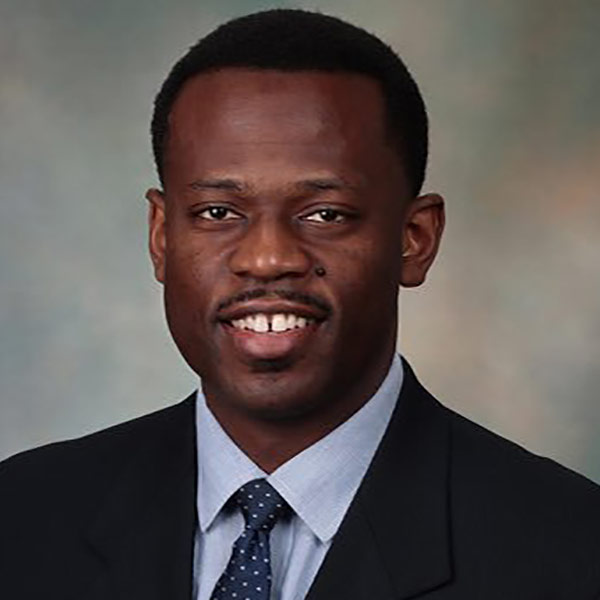A Review of "Blacks in Medicine: Clinical, Demographic, and Socioeconomic Correlations"

African Americans are seldom represented during either undergraduate or graduate medical education in the United States. While this statement may seem jarring, consider the fact that African Americans were actively excluded from America's largest medical association until 1967. The ensuing underrepresentation has had cascade effects on the physician workforce, patients, and health outcomes. While, "those who cannot remember the past are condemned to repeat it," it is difficult to remember (or act on) what was never taught. Recent societal events have forced the field of medicine to grapple with its own abysmal statistics: Fewer Black males are matriculating into medical school than 45 years ago; Black physicians are disproportionately dismissed from training programs. To begin addressing the leaky minority physician pipeline and health disparities, exposure to the historical contributions of Black physicians is critical for all physicians.
Richard Allen Williams, MD, FACC aims to change that with his recent book entitled, "Blacks in Medicine: Clinical, Demographic, and Socioeconomic Correlations." As a cardiologist, author, and renaissance man, Dr. Williams boasts a long list of impressive career accomplishments, including founder of the Association of Black Cardiologists (ABC), former president of the National Medical Association (NMA), and recipient of ACC's Diversity and Inclusion Award. "Blacks in Medicine" may be one of his most important contributions.
From his first book in 1975, "Textbook of Black-Related Diseases" to "Blacks in Medicine" (BIM)—his ninth and most recent release— Dr. Williams' books tend to focus on the social determinants of health plaguing Black communities. Born in 1936, Dr. Williams will turn 87 years old this month. Most Black physicians reading this have already subconsciously done the math. To state what may not be universally apparent, Brown vs. Board of Education, the landmark Supreme Court case desegregating schools, was passed in 1954. Williams' freshman year at Harvard in 1953 was the first time he did not attend segregated schools and the first year the Harvard dorms were integrated. When we discussed this, he confirmed this assertion, noting, "If you haven't walked in my shoes, you can't write what I write."
BIM is a comprehensive account of the history of the earliest origins and evolution Black physicians in the United States in addition to the historical contributions of Black physicians to the field of medicine. In parallel, Williams discusses the origins and evolution of healthcare delivery to the Black community and how that has impacted trust with physicians and the healthcare system. Underrepresentation can promote implicit bias against colleagues and patients. The history of BIM is rarely taught in medical school. When covered, it is often limited in scope (e.g. Tuskegee) or discusses the effect (e.g. health disparities) without addressing the historical etiologies.
BIM also discusses societal and structural factors that make organizations like NMA and ABC necessary. From the American Medical Association's inception in 1847, African Americans were denied membership until the 1960s. The NMA was founded in 1895 by 12 Black physicians to fill that void. The founding members attended Booker T. Washington's famous, "Atlanta Compromise," speech that year, spurring them to, "create a venerable group that African American physicians could call 'home.'" ABC was founded more to address disparities in cardiovascular care that most cardiologists did not perceive at the time. Following the Watts Rebellion of 1966 and the Deadwyler case, the resulting McCone Commission recommended improved societal conditions for African Americans, including construction of Dr. Martin Luther King, Jr. (MLK) General Hospital and Multi-Service Ambulatory Care Center in 1972. Williams left his position as faculty at Brigham and Women's hospital to help develop MLK hospital. As assistant medical director, he became convicted of the need to create ABC to address racial disparities in cardiovascular care. Williams' colleagues did not understand the need for an ABC, as cardiovascular care in the US was the envy of the world. Presciently, Williams argued the Framingham dataset contained few Black patients and may not be applicable. His colleagues could not comprehend his conviction that "one size does not fit all" and approaches to health issues in blacks should promote culturally competent, evidence-based solutions. Arguing for (what we now know as) a biopsychosocial model, Williams strongly felt that cardiovascular care for African Americans would not progress without an organization championing cardiovascular health in these communities. Hence, Williams, along with 17 other colleagues, founded ABC at the 1974 AHA convention.
It is remarkable to see Williams promoting health equity and patient-centered medicine nearly 50 years ago, well before these terms became commonplace. The NMA and ABC continue to create contemporary programs to address the needs of black and brown patients in America and serve as great sources of mentorship and networking for black physicians. "Blacks in Medicine" is an important and profound contribution to the history of medicine. I highly encourage everyone to read this impactful book.

This article was authored by Olubadewa A. Fatunde, MD, an FIT at Mayo Clinic Arizona. Twitter: @BFatundeMD
This content was developed independently from the content developed for ACC.org. This content was not reviewed by the American College of Cardiology (ACC) for medical accuracy and the content is provided on an "as is" basis. Inclusion on ACC.org does not constitute a guarantee or endorsement by the ACC and ACC makes no warranty that the content is accurate, complete or error-free. The content is not a substitute for personalized medical advice and is not intended to be used as the sole basis for making individualized medical or health-related decisions. Statements or opinions expressed in this content reflect the views of the authors and do not reflect the official policy of ACC.
